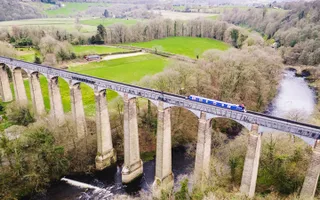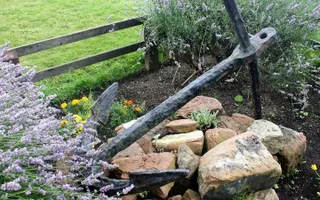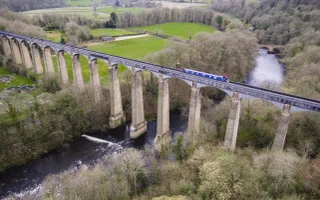We are the keepers of the third-largest heritage estate and the oldest working heritage network in the UK and best of all, it's freely available for everyone to explore.
Across our canal network, you can find international, national and locally designated bridges, locks, buildings and much more. All are recognised for their high landscape, architectural and historic significance and afforded a level of protection. These contribute to the special character and quality of our blue and green spaces.
Our heritage estate
Our heritage estate currently includes:
- 2,707 listed buildings
- 50 Scheduled monuments
- 304 conservation areas
- 7 historic parks and gardens
- 6 historic battlefields
- 4 World Heritage Sites, one of which is directly managed






